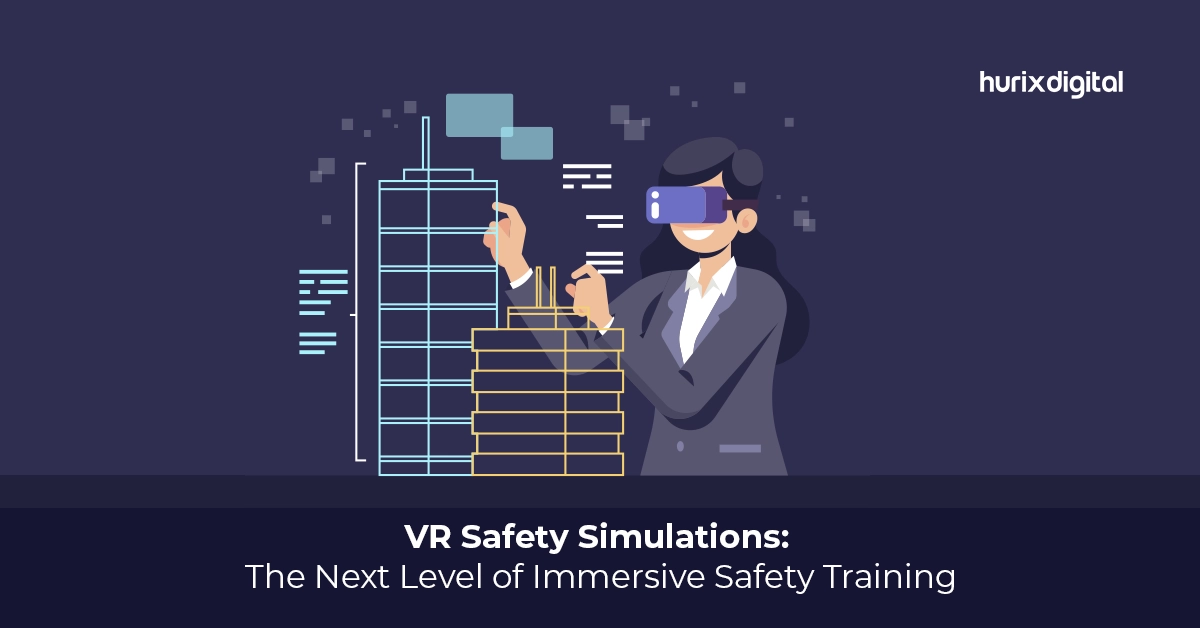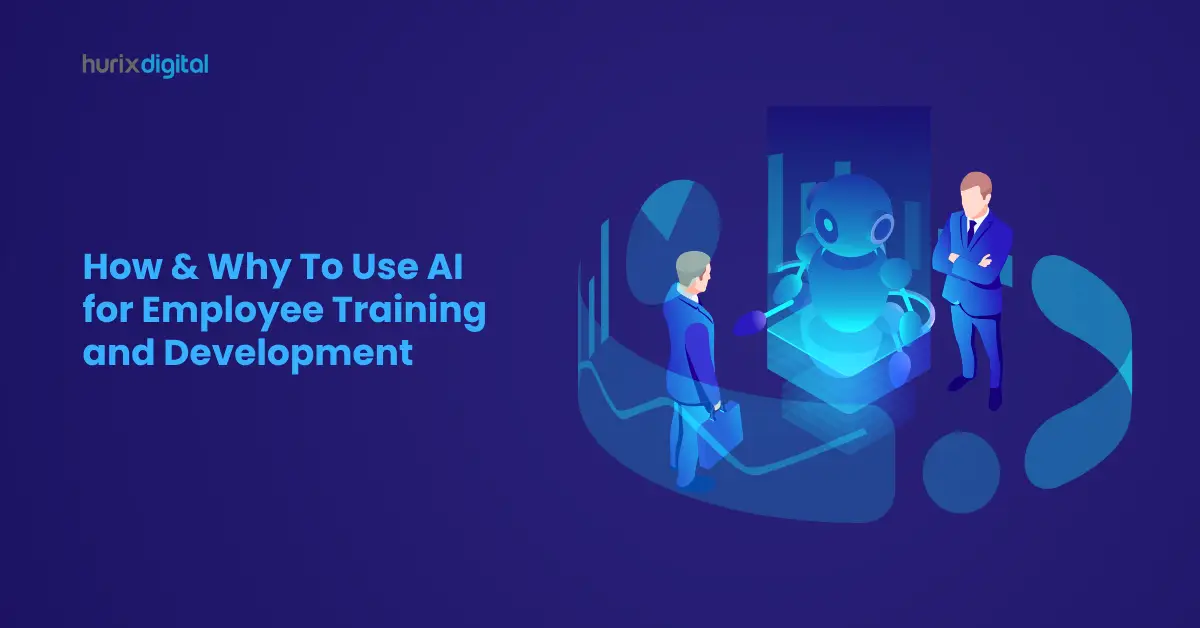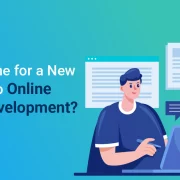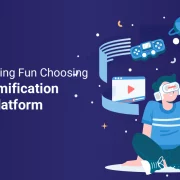
How Do Interactive Learning Systems Improve Employee Performance?
Interactive learning systems are a new learning approach that incorporates digital media technology, computing, and social networking for course delivery. As the name suggests, the learners learn by interacting with the course content, with little dependence on the instructor, as their role cannot be overlooked entirely.
Interactive learning took roots around two decades back when technology was introduced to support self-learning. Over the years, this approach to learning has gained momentum. In fact, Generation Y is the first generation to grow up in a learning environment that is based majorly on technology. Also known as the digital natives, this generation of learners find using technology in learning and development as simple as using paper and pencil by the past generations.
Interactive learning gives learners more significant control over their learning. In this pedagogical approach, the role of the instructor changes from the keeper of knowledge to the facilitator of learning. The boundaries between the instructor and the learner diminish, with learners able to experiment and find answers independently rather than depend on their instructors to provide them. For the most part, interactive learning systems require learners to have a basic understanding of using PCs and mobile phones.
In this article, we specifically look at how interactive learning systems can improve employee performance.
Enables employees to learn by doing
Training modules are designed in a way that allows employees to interact with the content, find their own path, and derive insights while also honing their reasoning abilities. To illustrate with an example, in game-based learning, the content is designed in the form of levels. Each level has its own rewards and recognitions, motivating ‘players’ to complete one level and move to the next, till finally, they reach the end of the module.
The course is designed such that each module ends with an assessment or quiz, which the employees have to complete before they move on to the next module. The benefit of this form of interactive learning is that employees are not passive recipients of information; instead, they interpret the new knowledge on their own, make decisions, explore multiple paths, and course-correct when they make mistakes. Instead of learning by rote, they assimilate the knowledge for the long term.
Initiation to real-life scenarios
Interactive learning modules can imitate real-life scenarios using digital technologies such as virtual reality, augmented reality, or simulations. For example, a simulation-based sales training module can help employees learn how to interact with potential clients while promoting the company’s products or services. The employees can interact with the scenario and hone their skills in communication and persuasion.
Besides, they can also learn how to address their queries or even deal with tricky situations satisfactorily. The benefit of interactive learning is that the employees get hands-on experience dealing with clients in a virtual or simulated setting. They can learn from trial and error and understand the pitfalls to avoid. They can thus face real-time situations with more confidence and avoid making mistakes that can prove costly for the company.
Provides real-time feedback
When employees participate in the training using interactive learning systems, they have to make decisions and can see the outcomes of the decisions immediately. They can, therefore, instantly assess if the choice they have made is correct, and if not, then where they went wrong.
Contrast this with a formal assessment, when the employee has to wait for feedback at the end of the activity – here, some crucial opportunities for real-time learning and course corrections are lost. With real-time feedback, the learning journey becomes a smooth ride without any major roadblocks to hinder the learning outcomes.
Bridges the gap between knowledge and action
There is a vast difference between hearing and seeing how a thing is done and performing a task to understand how it is done. When you see or hear something, chances are you are just looking at the surface; however, when you act, you dive deeper and learn better.
Interactive learning systems, such as simulation, help create an enhanced version of reality, allowing you to transition the knowledge gained into action. Besides, you can also explore multiple actions in a safe environment without any threat of negative consequences. Exploring multiple actions and determining what approach works best prepares the workforce to take proactive decisions when faced with workplace issues.
Builds teamwork
Interactive learning systems allow employees to hone individual skills and collaborate and function collectively as a team. In such a type of learning, course content is designed in the form of team activities, with teams competing with each other towards the winning goal. All team members work collaboratively to solve problems together.
Working collaboratively allows all participating members to share thoughts and view issues from various perspectives. Interactive learning systems, thus, make for a richer learning experience, building a healthy team spirit, which is crucial for the success of any business.
Caters to different learning styles
The traditional method of classroom learning is more focused on the instructor passing on the knowledge to the learners. Interactive learning systems allow for designing course content that caters to different learning styles. Further, the use of digital media technologies can create an immersive learning experience that a traditional lecture-type scenario cannot achieve.
In conclusion
Interactive learning systems help to improve employee performance at various levels. They can learn at their own time, pace and convenience, without having to set aside their work responsibilities temporarily. They learn by doing, which gives them first-hand experience of using the new knowledge and skills while at work. Interactive digital technologies provide for a more immersive and engaging learning experience, resulting in better learning outcomes. Being engaged with the content makes learning all the more memorable. As employees get to practice real-life skills and knowledge in virtual or simulated environments, they can learn by trial and error.
Need to know more about our Products & Services ? Drop us a Note.
We respect your privacy. We use the information you provide us to send you relevant content about industry trends and our products & services. You may unsubscribe from our list at any time. For more information, check out our Privacy Policy







